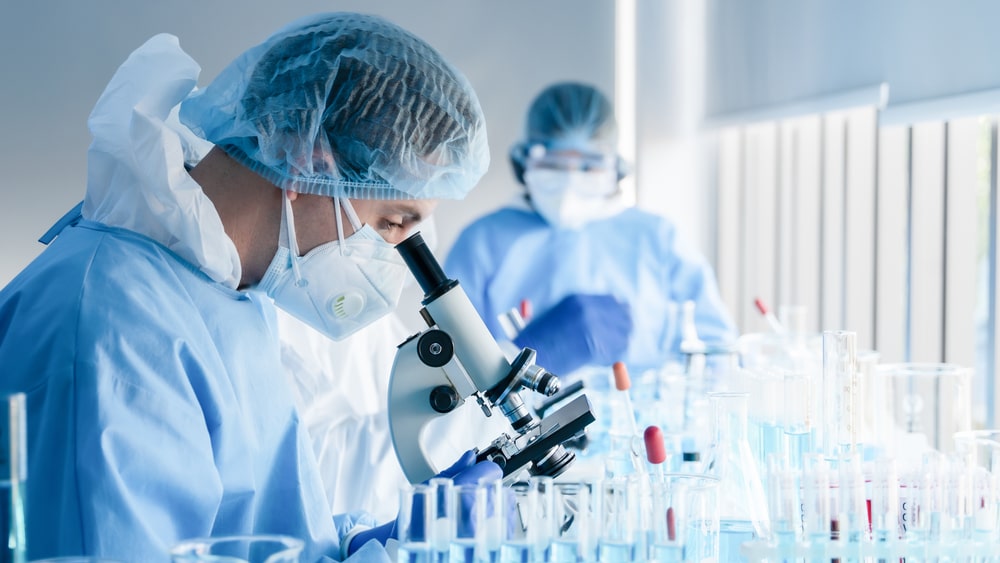Robot Finger With Residing Pores and skin Details To A New Potential
A moist, disembodied finger floating in a petri dish is the most current biohybrid advance, a engineering that fuses organic and non-biological products with each other.
College of Tokyo experts debuted the synthetic finger, saying it could be the initial use of a dwelling skin equal grafted onto a functioning robotic. Further than its reasonable overall look, the finger is also drinking water-repellent and self-therapeutic which lets it to approximate the features of a human limb, the report in the science journal Make any difference famous.
“Our target is to develop robots that are really human-like.” University of Tokyo professor and direct author of the research, Shoji Takeuchi reported in an electronic mail to Medscape Healthcare Information.
“We imagine that the only way to realize an visual appearance that can be mistaken for a human remaining is to cover it with the exact substance as a human getting.”
Finding Below the Pores and skin
Prior attempts to dress up robots with extra human-like derma utilized silicon rubber resources, but they proved to be a weak substitute, missing in sensible tone, texture and features.
“The silicone rubber addresses that are frequently utilised today may well look true from a distance or in shots or movies, but when you truly get up near, you comprehend that it is artificial,” Takeuchi explained.
In distinction, the robotic finger’s novel covering seems like, and can behave like, human skin to a specific extent.
Notably, it has the capability to mend by itself which researchers demonstrated by creating a wound and then grafting a collagen sheet on to it. In excess of the training course of a week, these skin cells were being in a position to regenerate and repair the injuries.
To create the skin the researchers initially immersed the robot’s metal interior in a collagen remedy to shrink the dermis equivalent to kind in shape around an anchoring construction. Following, human keratinocyte cells were being regularly painted on prime of the dwelling canvas. This process resulted in a multi-layer mobile deposit comparable to human skin.
But there is continue to extra get the job done to be carried out. The pores and skin substitute does not rather are living up to the real issue and the finger are unable to survive for extended in dry air, the paper acknowledged. Devoid of future upgrades this kind of as blood vessels, nails and sweat glands, the ersatz epidermis are unable to truly be regarded as residing.
In addition to including pores and skin-certain features, “scaling up our latest system to address bigger structures would also be a challenging following stage,” Takeuchi mentioned.
As unsettling as the detached digit may perhaps seem, it may lead to a lot more practical humanoids which researchers hope will foster friendlier associations amongst human beings and robots.
The know-how is anticipated to be employed in industries these types of as the medical and hospitality sectors where its reparability and human-like qualities are vital. The tech is also predicted to aid in the enhancement of pores and skin cosmetics, lab-grown leather-based, and transplant product in the area of regenerative medicine, in accordance to Takeuchi.
“We believe that this is a fantastic stage towards a new biohybrid robotic with the superior capabilities of living organisms.”
